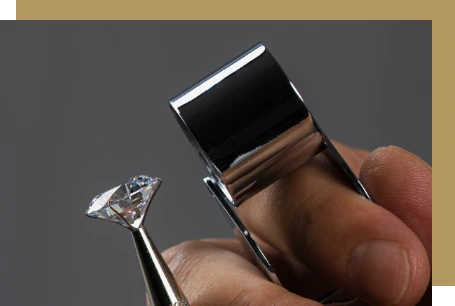
Diamond Clarity Guide:
Understanding Diamond Clarity Grading
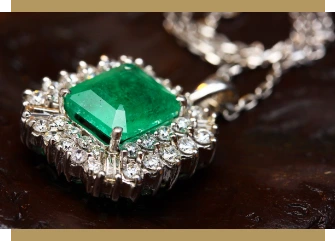
The process of choosing a diamond entails more than just evaluating its clarity, but this attribute serves as a vital starting point.
Diamonds, whether natural or lab-grown, originate from extreme conditions. Natural diamonds are formed deep within the Earth over billions of years, where immense heat and pressure in the mantle cause carbon molecules to crystallize and grow. During this process, the diamond may capture traces of other elements and develop small cracks and flaws, which are known as “inclusions”, or “blemishes” if they appear on the stone’s surface.
These slight irregularities and features, visible to a proficient grader under 10x magnification, are collectively referred to as “clarity characteristics”. The visibility of these characteristics to the naked eye depends on their size, quantity, position, and their color or tone.
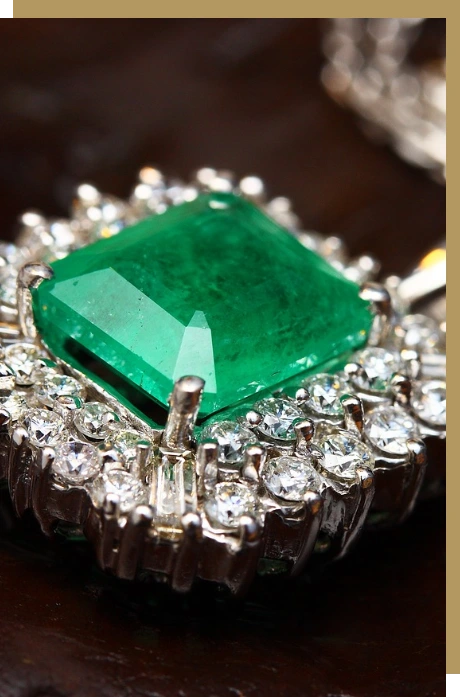
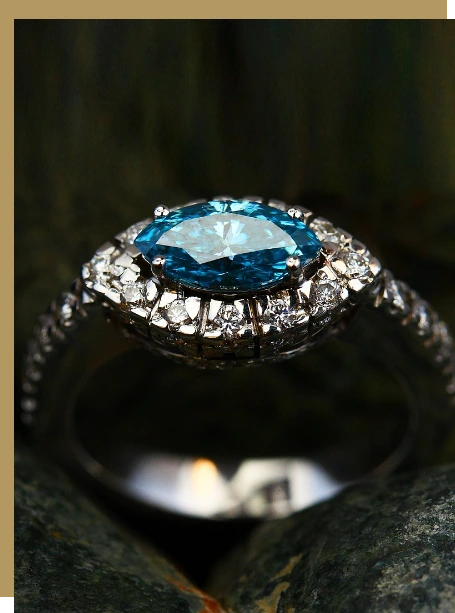
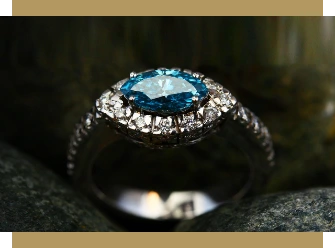
This is why a truly flawless diamond, free from any such inclusions or blemishes, is exceedingly rare—in fact, less than 1% of all diamonds achieve a flawless grade.
This, however, doesn’t rule out the possibility of finding a diamond that’s virtually flawless. To guarantee the quintessential brilliance and fire that make diamonds so mesmerizing, we recommend choosing diamonds with a clarity grade of “SI1” or higher.
Diamond clarity is evaluated on a scale that begins with Flawless and Internally Flawless (FL/IF), then moves to Very Very Slightly Included (VVS1/VVS2), Very Slightly Included (VS1/VS2), Slightly Included (SI1/SI2), and ends with Included (I1, I2 & I3). The severity of the inclusions and blemishes determines a diamond’s place on this scale.
What are the origins of diamond inclusions?
The small marks and imperfections discovered within diamonds are collectively referred to as ‘inclusions’, but there are numerous distinct types of diamond inclusions, each resulting from a different phenomenon. Some are more noticeable than others:
- Crystal: This is a minute diamond (or another mineral) embedded within the larger diamond, which may be colored.
- Pinpoints: These are tiny white or black crystals that appear like a small pinprick within the diamond.
- Needle: A thin, elongated line of crystal.
- Cavity or Chip: Typically caused by putting stress on a weak point during the diamond cutting process, this refers to a cavity on the diamond's surface.
- Feathers: These are internal cracks or fissures that appear light and feather-like, often transparent without magnification.
- Clouds: These are clusters of pinpoint inclusions, which can render a diamond with a milky or hazy appearance.
- Knot: A small crystal that protrudes through the surface of the diamond, similar to a tiny bump on the surface.
- Graining: Comparable to what you might find in wood, these are long streaks or lines that can appear like scratches within the diamond. They are typically more visible from certain angles.
- Twinning Wisp: These indicate a pause and subsequent resumption in a diamond's growth process. They often consist of two clusters of pinpoints, needles, feathers, and cloud inclusions, each representing a separate phase of growth.
What Distinguishes Diamond Inclusions from Blemishes?
A diamond inclusion refers to a flaw or irregularity located within the diamond itself. Conversely, a blemish is a flaw or irregularity that appears on the diamond’s surface. Collectively, both inclusions and blemishes contribute to the overall clarity characteristics of a diamond.
Does Diamond Clarity Influence Its Sparkle?
Yes, diamond clarity can influence its sparkle, but this effect is generally significant only in diamonds with lower clarity grades. From ‘Flawless'(FL) down to ‘Slightly Included 1’ (SI1) grades, any inclusions within the diamond are unlikely to affect its sparkle. However, diamonds graded lower than ‘Slightly Included 1’ may have inclusions that could potentially obstruct the diamond’s brilliance. Severe inclusions can disrupt the internal reflection of light, reducing the light return that reaches your eye. Therefore, only diamonds graded ‘Slightly Included 2’ or lower typically exhibit diminished sparkle due to inclusions.
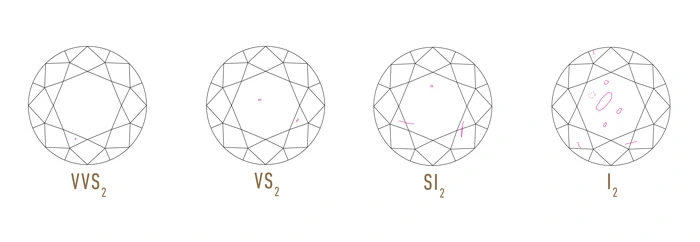
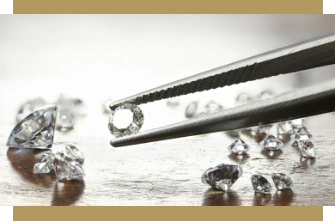
What Clarity Grade Should choose for in My Diamond?
If you have a penchant for perfection, we would recommend opting for a diamond with a clarity grade of VS1 or higher.
However, if your primary concerns are the diamond’s size and cost, choosing a diamond with a clarity grade of SI1 or higher can be a fantastic option. Diamonds in this grade range typically appear clean to the naked eye.
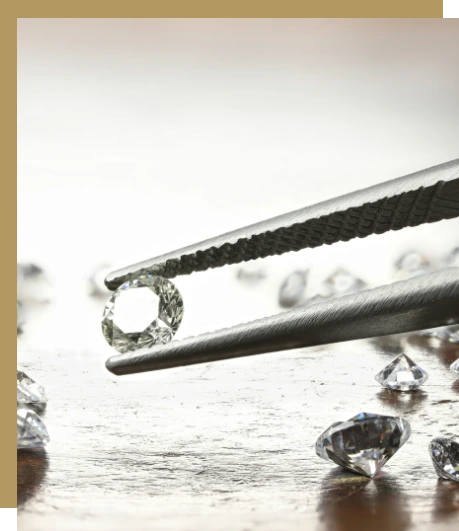
Why It's Practical to Compromise on Diamond Clarity:
Clarity is often the most sensible attribute to compromise on when purchasing a diamond, as inclusions and blemishes are typically invisible to most observers. By selecting a diamond with a clarity grade ranging from VS2 to SI1, you can significantly reduce your diamond’s cost. While these diamonds aren’t flawless, they will appear clear to the naked eye. In fact, you should only be able to discern inclusions in diamonds with a VS2 to SI1 grade with the aid of a microscope.
If you opt for a diamond with a grade lower than SI1, you’ll begin to notice inclusions without the need for magnification. Heavy inclusions can even impede the brilliance of the stone as these marks disrupt light return. Without the use of a microscope or a loupe, it’s likely you wouldn’t be able to distinguish between a FL (Flawless) diamond and one graded as SI1.
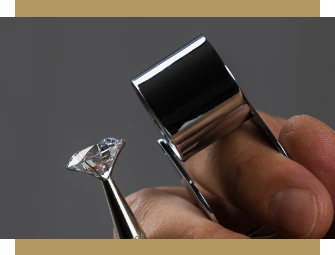
Clarity in Lab Grown Diamonds
Lab-grown diamonds, like natural diamonds, can have internal and external imperfections known as inclusions and blemishes. However, the controlled conditions under which lab-grown diamonds are produced often result in fewer imperfections and higher clarity grades.
